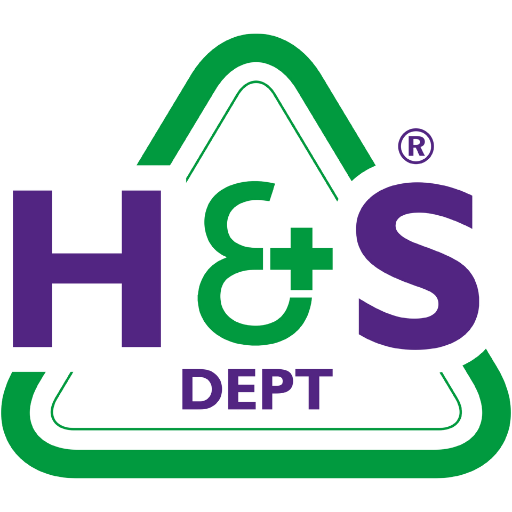Scotland is expected to move below Level 0 on August 9 and we know that many employers will be keen to bring employees back to work. It’s clear the pandemic isn’t over yet though. The Delta variant is causing case numbers to rise sharply, with over 2007 new cases recorded on 15th July. Hospital admissions are also increasing, albeit at a much slower rate than before. This suggests that the vaccine is working to weaken the link between COVID-19 cases and hospital admissions.
While vaccines are not 100% effective in preventing transmission, their widespread uptake should reduce the risk significantly. 87.4% of the adult population have received their first dose, and 66.7% are now fully vaccinated. This could be a key factor in getting your team back to work.
Slow and steady
The most important thing is to proceed with caution. There is no need for everyone to come back to the office immediately once the work from home guidance is lifted. Employees may continue to work from home if you are happy for them to do so, and many will prefer a staggered return. For those that do return, safety will be paramount.
You will need to place more emphasis on personal responsibility. You should consult with your returning employees to find out what they are comfortable with and act accordingly.
Don’t forget, regardless of semantics over “guidance” and “rules”, employers still have an overriding obligation to protect the health, safety and well-being of employees under the Health and Safety at Work etc Act 1974.
Pay special attention to employees who are clinically vulnerable, or who have vulnerable family members at home. Bear in mind that some employees may be unable to get vaccinated, or may have chosen not to. You can share information on the benefits of vaccines, but you can’t force employees to get one.
Mental health should also remain a priority. Many employees will have grown used to working remotely, and the disruption of returning to the office could take a heavy toll. You should do everything you can to prevent a jarring transition, and make it clear that employees can always come to you if they are struggling.
As always, risk assessments are the essential place to start. These should also be carried out in collaboration with your employees. They may be able to spot risks that you had missed, and may also be better placed to suggest ways to minimise them. Communicating your risk assessments afterwards is also important to bring your team along with you – both in compliance and reassurance that you are taking the risks seriously.
We’re here to help
There is also an increasing risk of COVID safety related legal action against employers. We are starting to see tribunal cases where employees have made successful claims against employers who failed to prioritise COVID safety.
With so much at stake, please get in touch for help if you need it.

